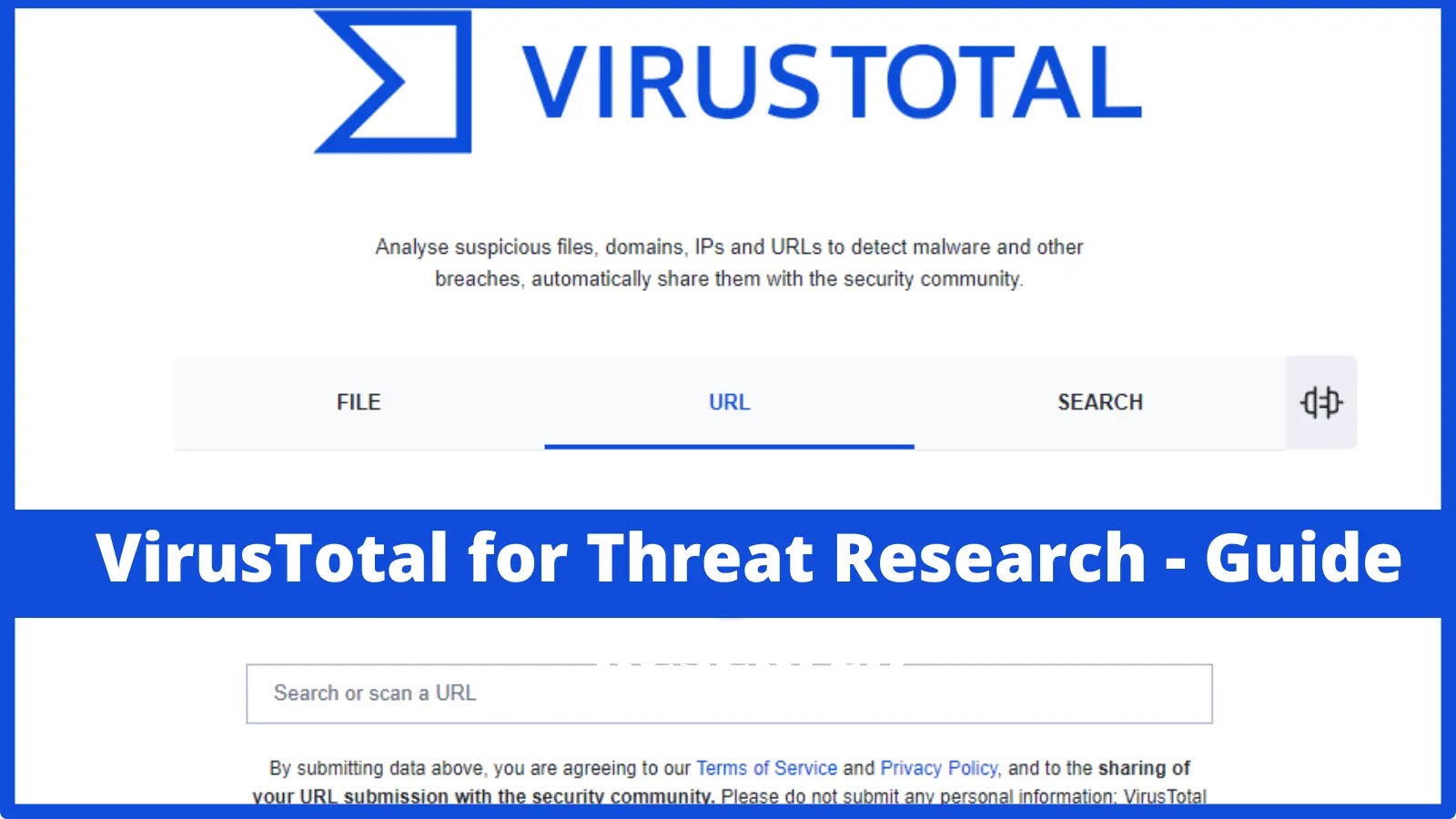Hey there, fellow cybersecurity enthusiasts from the wonderful Bay Area! Ever heard of VirusTotal? This digital detective arena is jam-packed with valuable tools for folks like us who love to dissect files, URLs, domains, and IP addresses to unearth potential cyber threats. The cool bit is it serves a whopping banquet of over 50 billion files, 6 billion URLs, and 4 billion domains. So, let’s dive into the heart of VirusTotal, its dataset.
You see, VirusTotal neatly organizes tons of information pertaining to these elements, cybersecurity folks refer to as ‘objects.’ Each object, whether it’s a file, URL, domain, or IP address, comes with a unique ID, a type, and attributes. Also, these objects are interlinked, providing super useful context.
Then there’s the process of querying VirusTotal which could be manual, via its Graphical User Interface (GUI) or programmatically via its Application Programming Interface (API).
In the GUI mode, it’s like doing a manual detective work. You key in search queries and the system gets to work to retrieve and display the related information. On the other hand, the API mode is like cranking up your productivity level a notch. It’s more for large-scale querying and provides a broader scope of information.
So, here’s a quick pick for you on API querying. One simple way of doing it is by sending HTTP GET requests to specific API endpoints. You make your requests using HTTP client libraries, command-line tools, or custom scripts. And voila, you get a JSON-formatted data to further sift through!
One super interesting facet of Virus total is its integration with Artificial Intelligence (AI). Picture a scenario where AI gets to simplify the complex code in executable files turning them into easy-to-understand language. That’s exactly what AI does on VirusTotal. It not only simplifies but also generates verdicts labeling files as benign, suspicious, or malicious. Neat, huh?
Here are the stars of the AI show on the platform. There’s Code Insight, which is the in-house champ, focusing on scripts and supported by Google’s Gemini for the analysis. Then there’s Crowdsourced AI, contributed by VirusTotal’s user community, specializing in different file types.
But, let’s not forget that these AI tools should be used to enhance our traditional malware analysis. They could miss hidden or novel code. So, it’s always better to have a comprehensive strategy in place.
Now, if there’s one thing we can’t ignore, it’s the presence of false positives and negatives. Crafting your queries carefully and refining them using logical operators could help control the inaccuracies. VirusTotal works wonders in managing false positives and negatives, but it can’t completely erase them.
In doing threat research, we should remember that no tool is perfect. While VirusTotal is powerful, it does have its limitations. Some malware might slip past the sandbox analysis, while AI might miss out on some details due to limitations in training data. But, by harnessing VirusTotal’s extensive features properly, you can conduct some killer threat investigations.
So, there you have it, folks. A digestible overview of what VirusTotal offers to us, the defenders in the cyber world. Stay safe, keep investigating, and remember to always keep the human touch in your analyses!
by Morgan Phisher | HEAL Security




